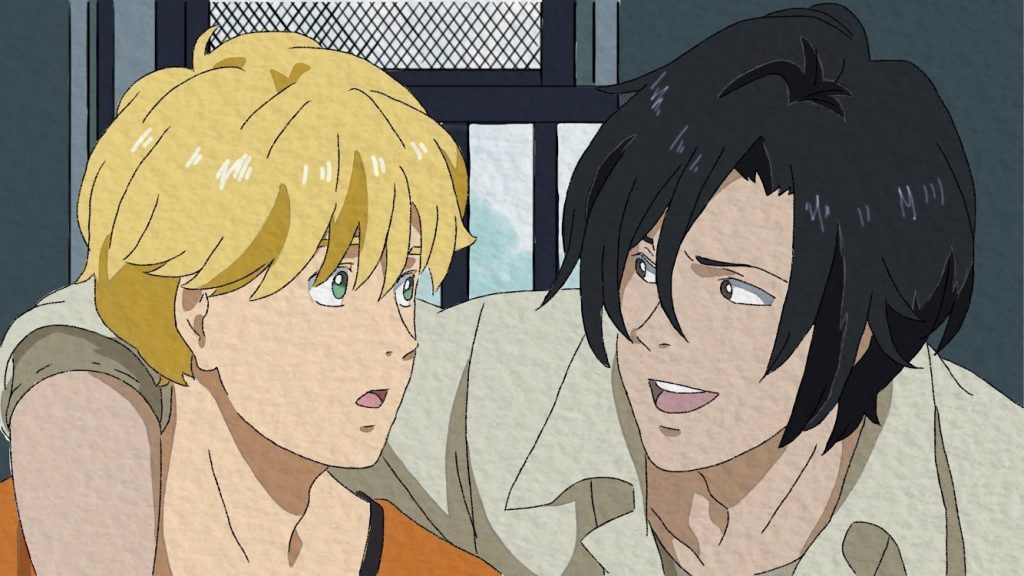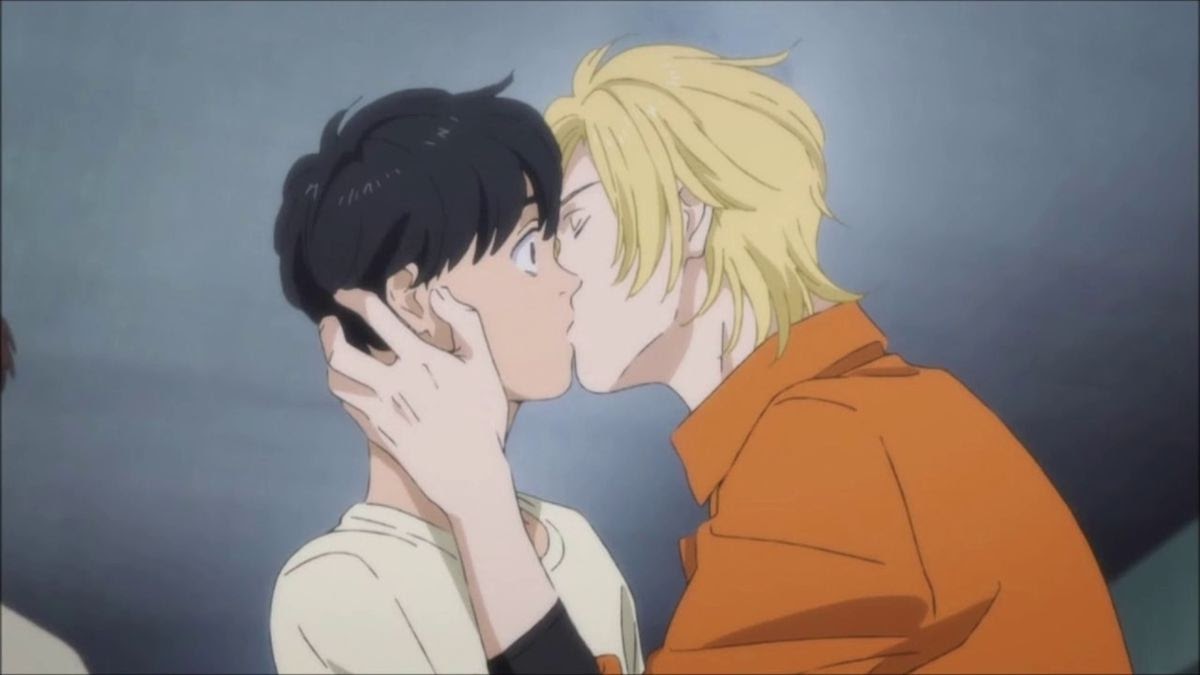Blog
Does A Boys Love Classic Exist In Banana Fish?
Despite the fact that Banana Fish is not an official Boys Love series, it contains various cross-genre themes that inspire and are influenced by the genre.
Banana Fish, a popular manga from the 1980s and 1990s, gave readers a glimpse into the lives of American street gangs at the time. It is largely recognized as one of the best crime comics in Japan, despite the fact that it launched at a time when it would not have been able to become mainstream in the West. Following the 2018 MAPPA anime adaption, this reputation has been resurrected in recent years.
The homoerotic aspect of the series is one of its most recognized features. Despite the fact that Banana Fish is not an official Boys Love series, it contains some cross-genre themes that were impacted by and continue to affect that genre today. Despite not being classed as softcore yaoi, the series is still considered one of the most conventional and widespread instances of the subgenre.
The Plot Of Banana Fish
The story began as a manga by Akimi Yoshida that lasted from 1985 to 1994 and accumulated nearly 20 tankobon volumes before becoming an anime years later. The plot follows Ash, a teenage street thug who, after a series of odd events, decides to look into the origins of the phrase “banana fish.” Ash looks after his mentally ill older brother, who had returned from Vietnam seriously harmed after going off the rails and using the same “banana fish” expression. Ash is also the sexual plaything of a French mob leader, which keeps him out of trouble while simultaneously getting him into more.
Along the way to figuring out what the strange phrase means, Ash meets rival gang members and a couple of Japanese investigators. The young assistant Eiji, in particular, gets far more involved with Ash than either of them had anticipated. What follows is a tale of gang warfare and street violence in a desolate New York, as well as a peek into the United States’ attempts to destabilize foreign governments and, at the time, probably one of the most understated same-sex romances in manga. Many people have questioned if this was only a side plot in the series or if it actually defined the Banana Fish genre.
Is Banana Fish Boy’s Love?
Despite being classified as a shonen manga, Banana Fish is noted for its cross-pollination of shonen and shojo elements, with an art style more associated with the latter. As a result, the young male characters were all depicted as being especially lithe and attractive, if not downright adorable. It avoids the pitfalls of this art style by focusing on gritty crime, complete with hard-boiled detective aspects, action sequences, and shootouts.
Despite Ash kissed Eiji as part of a ploy early in the series, the core relationship between Ash and Eiji is never made out to be blatantly sexual. Their friendship is extremely strong, and they remain close despite the numerous challenges they experience. Because of this delicate romanticism, many people regard the series as an example of the ever-popular Boy’s Love genre, while others regard it as the polar opposite. The countless intimate moments between the two, notably their often being held in each other’s arms, add to the “romance.”
Sexual exploitation is a major theme in the series, with rich older gentlemen effectively coercing young boys into sex trafficking. As a result, sexuality, particularly homosexuality, plays a major role in the plot, even if any actual consummation is almost entirely non-consensual. This is still related to the shojo and possibly Boy’s Love genres, but it takes a less idealistic approach to things.
Whether or not the series is a Boys Love story in and of itself, Banana Fish has had a significant impact on the genre. This is due to the show’s more realistic portrayal of relationships and real-world difficulties, as well as its concentration on more than just smooches. In the end, it may be up to the fans to make their own decisions.


